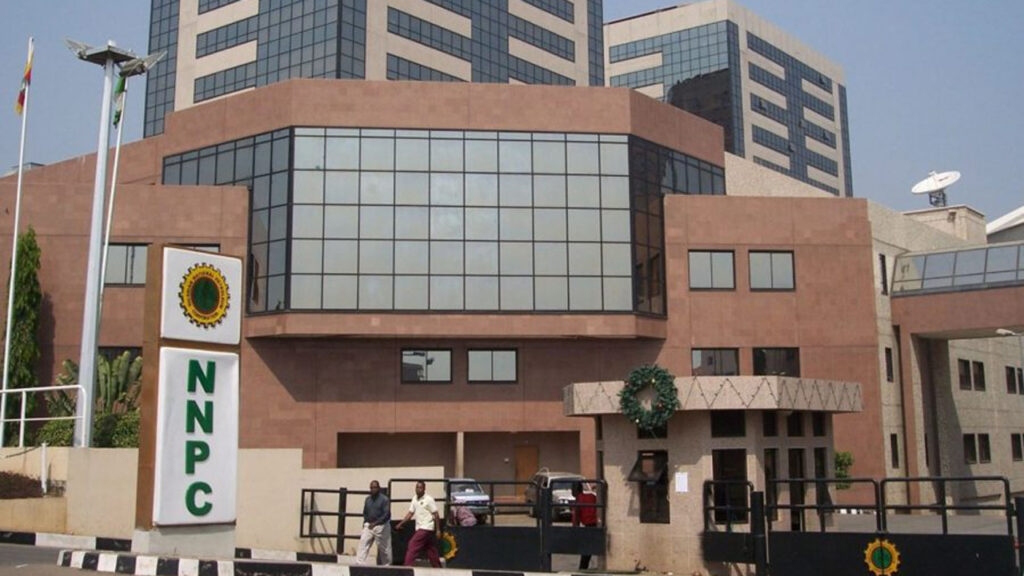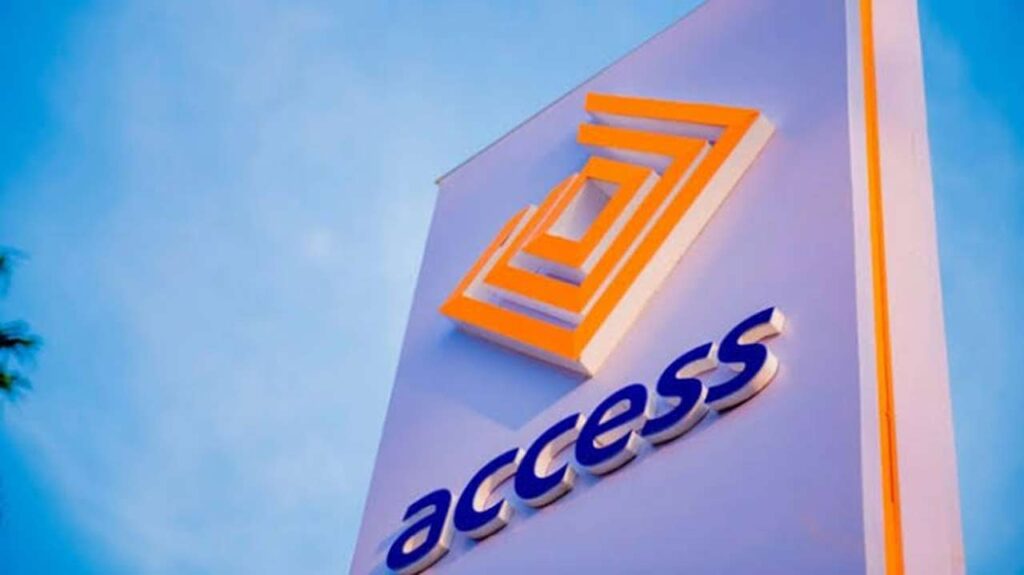
RECENTLY, the Federal Government through the Minister of Finance made public the setting up of Efficiency Unit (E-UNIT) in the Federal Ministry of Finance to ensure effective management of Nigeria’s economy and reduce the cost of governance.
The principal objective of the EU, according to the Minister, was to ensure that all government expenditure is necessary and represents the best possible value.
The move is commendable on the basis that government is taking seriously the clamour from many concerned Nigerians on the need to take a critical look at the rising cost of governance. Our worries however lie in the choice of approach in the midst of several more viable and sustainable options to addressing the issues of the cost of governance.
Efficiency Unit as a reform model
The overall concept of efficiency unit is based on the 1980s attempt by Margaret Thatcher of Great Britain to effect some reforms in the civil service on being elected as Prime Minister in 1979. The Prime Minister engaged one Rayner to look for ways of saving money in departments but the system was reported to have not always been successful being a classic example of the way governments have attempted to use reforming internal units to improve their own effectiveness.
Major pitfalls
As documented by Catherine Haddon of Institute of Government, UK and revealed from the attempt by Margaret Thatcher government in the 1980s the following pitfalls were evident:
·It requires a major reform in the civil service with focus on skill and culture ·It could not be seen as a model of reform required to achieve an effective change in public resource management ·The appointed efficiency scrutinies did not achieve the degree of changed behaviour as was hoped ·Conflicts of claims of cost savings between the appointed scrutinies and government department officers: In 1986, the National Audit Office (NAO) conducted its own study of the Rayner scrutiny programmes. It calculated that by 1983, when Rayner departed, 155 scrutinies had been conducted, identifying potential savings of £421 million a year. But these were only potentials; the NAO investigated 20 per cent of those scrutinies to see what savings they had actually made. They concluded that, compared to the £421 million, only £171 million had so far been achieved, though an extra £100 million might be expected when all the recommendations that had been accepted were fully implemented.
.According to Hennessy (Whitehall report, p.603) when looked at from the perspective of the overall programme the nature of the various scrutinies and the wider complications of the public expenditure cuts, sizeable cash savings were not so easy to identify.
CICMN – Building a cost effective and efficient economy Registered as and formerly ICMN…Institute of Cost Management, Nigeria All correspondence should be addressed to the Registrar/CE
Our Observations, Position and Recommendations
Observations
While it is however obvious that the model may not provide a long term solution to the national problem of cost governance, we observe that the Supervising Committee set up is skewed 100% to finance and Accounts. If according to the Minister of Finance, Mrs. Kemi Adeosun, the Efficiency Unit is to undertake programmed reviews of all government overhead expenditure with a view to reducing wastage, promoting efficiency and ensuring quantifiable savings for the country it will require a cross-functional and multidisciplinary committee.
We observe also that this is likely to result again in process duplication in a government that seeks to streamline governance for improved efficiency and effectiveness. According to the Minister, specifically, the Efficiency Unit will work across all MDAs to identify and eliminate wasteful spending, duplication and other inefficiencies; identify best practices in procurement and financial management and share such knowledge to ensure its adoption. Some of these functions are currently being carried out by the Bureau of Public Procurement (BPP)
Our Position
A government that is serious about finding a lasting solution to the rising cost of governance should take the bull by the horn by doing a critical review and analysis of the activity of government administration with a view to identifying value adding and not value adding activities. The knowledge of the above and of course the proper identification of the key drivers of government activities and cost will require the adoption of Activity Based Management.
Rev Omoregie is the Registrar and Chief Executive Officer of Chartered Institute of Cost Managers of Nigeria.
What is needed now is an adhoc Government Activity Analysis Committee to undertake a holistic review of the activities that make up the entire administration of government with a view to ascertaining the value adding, non-value adding and wasteful components not the setting up of an Efficiency Unit that would end up becoming another drain of resources and become comatose due to public service influence.
Recommendations
·Government should set up an adhoc Committee to undertake a holistic Activity Analysis on the entire administration of government with a view to ascertaining its value adding, non-value adding and wasteful components. The Committee should be cross functional with adequate injection of professionals from the private sector with knowledge, skill and experience in activity based management.
·Expand the scope of the already existing infrastructures provided by the Bureau of Public Procurement with a view to transforming it into a National Public Expenditure Bureau or Commission with focus on both Capital and Recurrent Expenditure. The Bureau should serve as the engine room for the nation’s cost or expenditure management.
lCome up with a National Cost Management Policy that would guide Public Expenditure in Nigeria.










